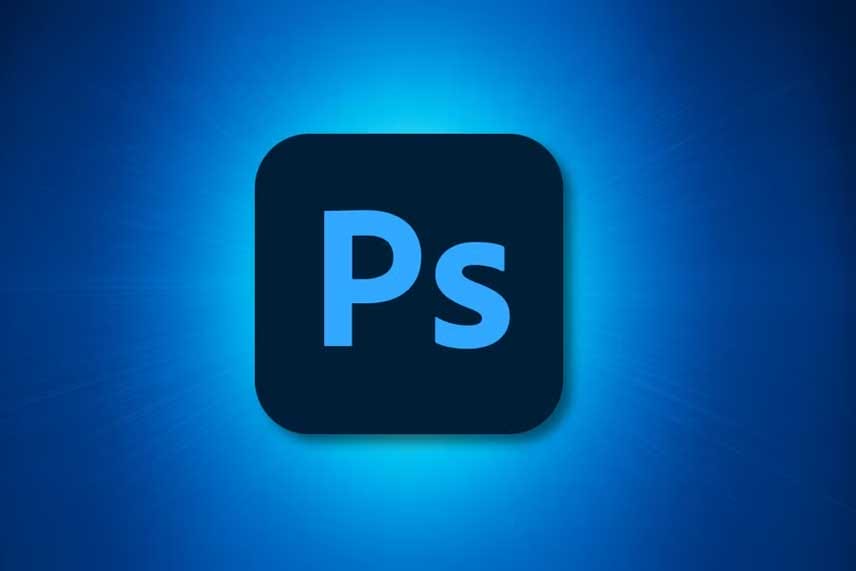- Address : P9FG+V4R, Shimutala, Matigara, Baniakhari
- /
- Email : splogos2022@gmail.com
- Home
- -Blogs Details
Blogs Details

- Jun 15,2023
- Admin
How to use masking functions of photoshop
Photoshop masking is a powerful technique used to control the visibility of different parts of an image or layer without permanently deleting any content. It allows for non-destructive editing, giving you the flexibility to hide or reveal portions of a layer with precision.
Here are the key functions of masking in Photoshop:
✅ 1. Layer Masking
Layer masks allow you to hide or reveal parts of a specific layer. Painting with black on the mask hides parts of the layer, white reveals them, and gray makes them partially visible (transparency). This is useful for blending images, removing backgrounds, or making selective adjustments.
✅ 2. Clipping Masks
Clipping masks use the content of one layer to control the visibility of another. The bottom layer acts as a “mask,” and only areas where there’s content will show the layers clipped above it. This is often used for applying textures, images, or effects inside text or specific shapes.
✅ 3. Vector Masks
Vector masks use paths instead of brushes and pixel data. They create sharp-edged masks and are resolution-independent. Vector masks are perfect for web and UI design, where clean lines and shapes are crucial.
✅ 4. Quick Mask Mode
Quick Mask allows you to make detailed selections using a brush. When activated, you paint over the image to define the mask. Once you're done, you can convert it into a selection to apply adjustments or masking to a layer.
✅ 5. Channel Masks
Channel masking is an advanced method that uses the color channels (Red, Green, Blue) to create precise masks, especially useful for selecting intricate details like hair or smoke. It’s often used in compositing and high-end retouching.




